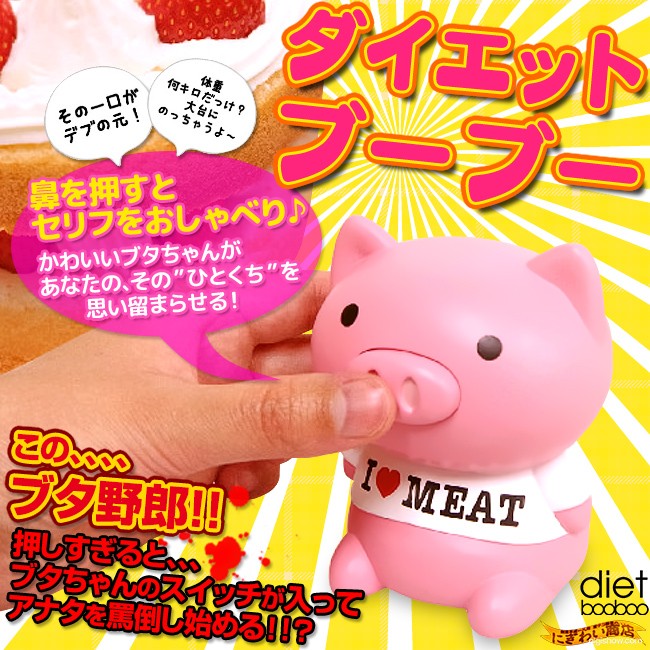
Have you ever wondered if the noises animals make are perceived differently by people in other parts of the world? It’s something you might not think about until visiting another country or studying a different language. Animal noises are quite relevant and something that should be learned, too. For instance if I said “Cockadoodledoo”, “Meow”, or “Oink”, I bet you know what the references are!
The word for imitating a sound, or onomatopoeia, is オノマトペ (coming from onomatopée in French), or sometimes オノマトピア or オノマトペア. There are two general types of オノマトペ in Japanese (and 3 other sub-categories).
Here are the two basic types of Japanese onomatopoeia:
- Words that mimic a sound, called 擬音語 (ぎおんご). Examples are パラパラ (large drops or flipping through a book), or パチ (the sound of a clap like a book closing). A subcategory of 擬音語 is 擬声語 (ぎせいご), which are sounds made by things like people and animals. These are what we’re most familiar with in English since we have words like “Thud”, “Boom”, “Meow”, “Woof”, etc.
- Words that mimic an action, called 擬態語 (ぎたいご). These types of mimic words are somewhat foreign to English as they can give sounds to things not really perceived to have a sound, like じろじろ (staring / scrutinizing), ピカピカ (glittering / sparkling), or うとうと (falling asleep).
It’s also worth mentioning that these are と-adjectives. For instance, パラパラと降った, or ピカピカと光る.
Here are some examples of Japanese animals sounds:
羊・Sheep
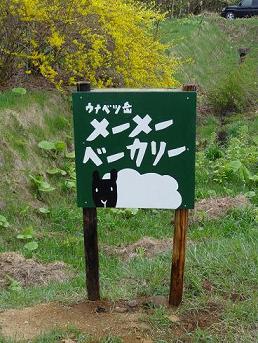
(Baa-Baa Bakery)
Japanese: メーメー
English: Baa-Baa
アヒル・Duck
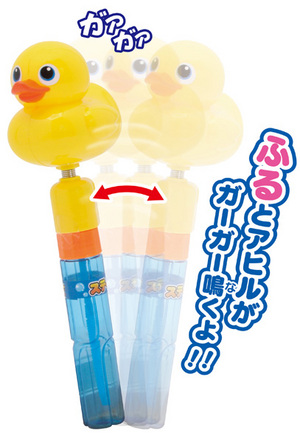
(Wave it and the duck quacks!)
Japanese: ガーガー
English: Quack
おんどり・Rooster

(Grilled-chicken Cockadoodledoo)
Japanese: コケコッコー
English: Cockadoodledoo
ひよこ・Chick
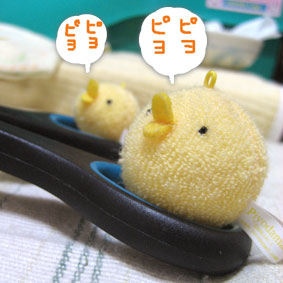
English: Chirp chirp / Tweet tweet
犬・Dog

(Woof-woof Story / Lady and the Tramp)
Japanese: ワンワン (わんわん)
English: Woof / Bark / Arf
猫・Cat
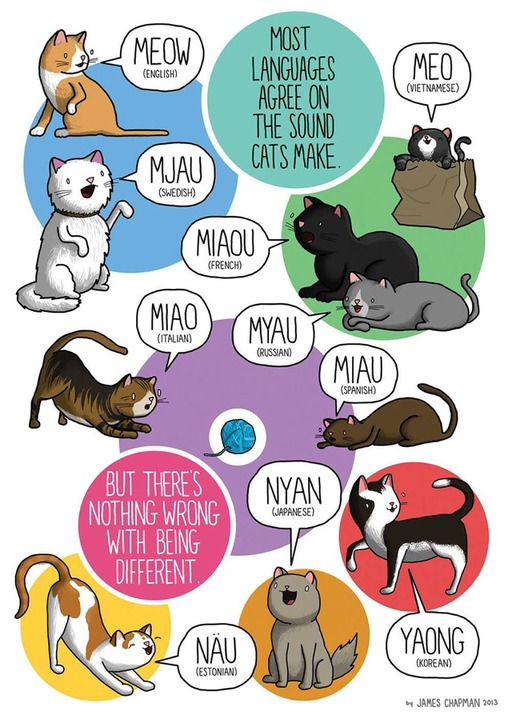
English: Meow
馬・Horse
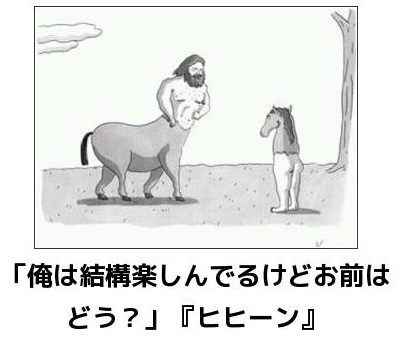
(Well I’m enjoying myself, but how about you?) (Neeeeeigh.)
Japanese: ヒヒーン
English: Neigh
カエル・Frog
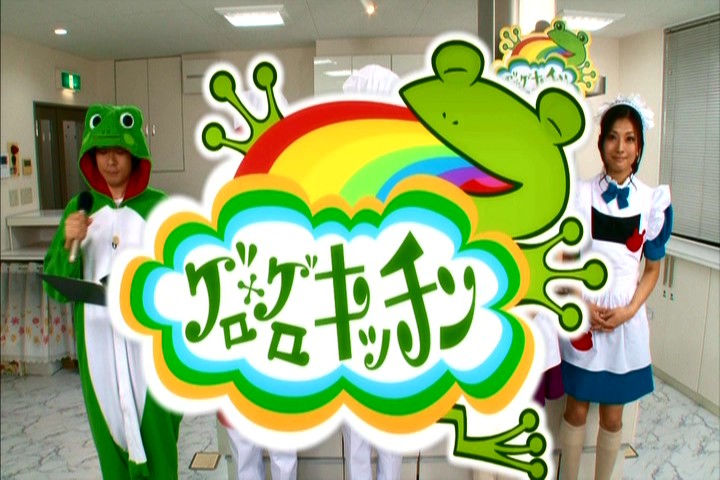
(Ribbit Kitchen)
Japanese: ゲロゲロ
English: Ribbit
ブタ・Pig

(Diet Booboo How much was it you weigh again? You’re getting older and fatter. That bite will be the reason your fat. Press his nose and he’ll talk♪ This cute little pig will make you forget about that “one little bite”. You pig punk! Press his nose too much his switch stays on, and the verbal abuse begins!)
Japanese: ブーブー
English: Oink
